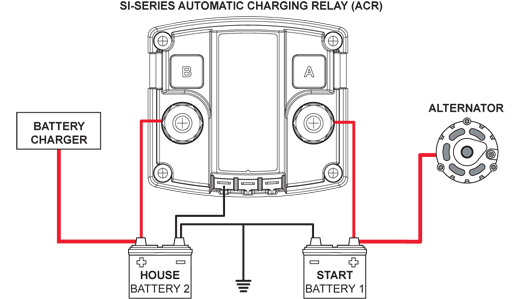Thinking of adding a second battery (house) vs engine (start) since I will be drawing more juice with live wells, two bigger graphs, SSR box, yadda.
Main reason is that the voltage drops below the electronic's tolerances and kills them (can't be good for them either) after an hour or two everything running and I start the big white johnson.
I was thinking of adding one of these. Any experience with them? Seems handy! Batteries tied together when necessary - isolated when not.

https://www.bluesea.com/resources/57
- - - Updated - - -
Or does one just add a second battery in parallel and be done with it?
Main reason is that the voltage drops below the electronic's tolerances and kills them (can't be good for them either) after an hour or two everything running and I start the big white johnson.
I was thinking of adding one of these. Any experience with them? Seems handy! Batteries tied together when necessary - isolated when not.

https://www.bluesea.com/resources/57
- - - Updated - - -
Or does one just add a second battery in parallel and be done with it?
